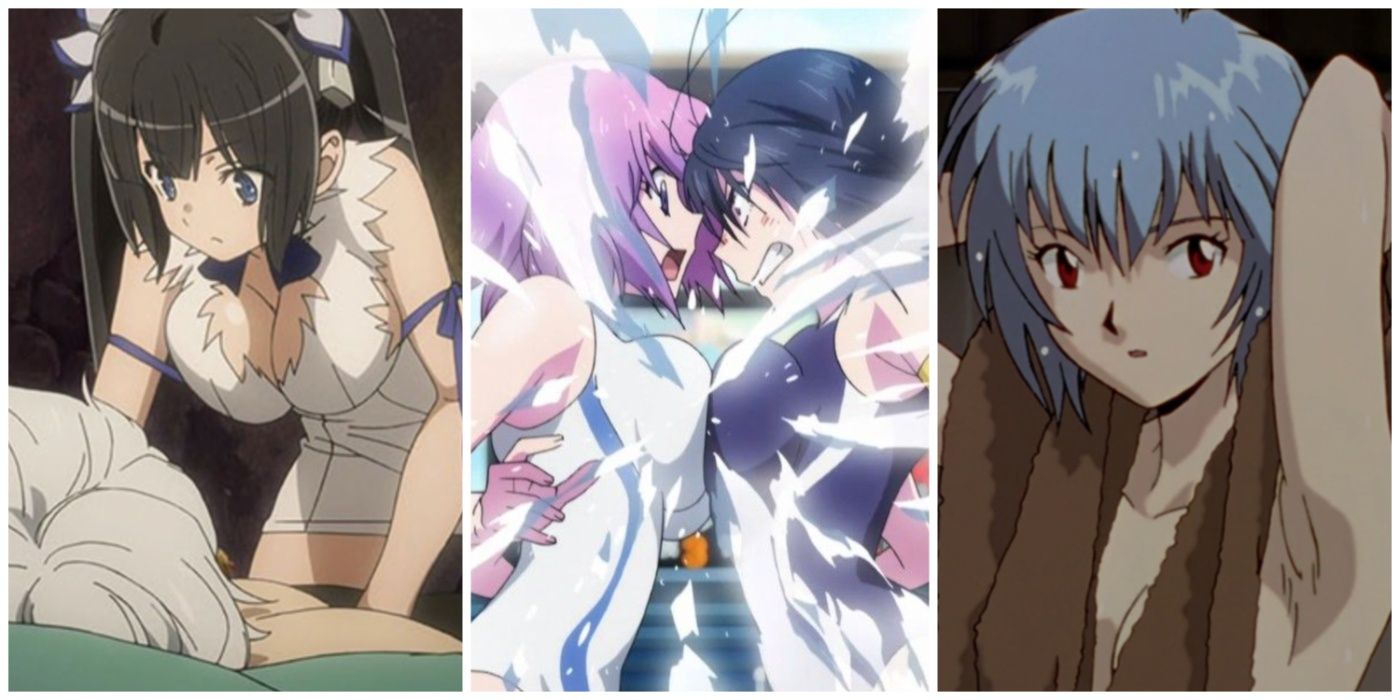
There are many trends that become signature anime elements, both for better and for worse. “Fan service” is a concept that refers to gratuitous visuals of an anime’s female characters as a way to create enthusiasm and anticipation. Fan service can be a popular marketing tactic that gets audiences to tune into an anime in the first place. However, fan service can also invade its way into series and awkwardly stand out.
There is a general assumption that fan service is a weaker anime’s tool as a way to obscure the series’ lack of substance. That being said, some of anime’s most celebrated series like Neon Genesis Evangelion, Kill la Kill, and Cowboy Bebop resort to fan service. There are even extremely dense and plot-heavy anime that feature copious fan service that prove that it’s not purely a staple of empty series.
10 Neon Genesis Evangelion
26 Episodes
Neon Genesis Evangelion is one of anime's biggest series, but it's also been able to feed into its fandom through gratuitous fan service. Evangelion is an existential mecha series where the fate of existence rests on the shoulders of a neglected, depressed teen.
Neon Genesis Evangelion engages in extremely dense lore, yet it still finds the time to put Rei, Asuka, and even Misato in compromising positions. Even the recent Rebuild of Evangelion feature films can't help but indulge in fan service as its characters face the apocalypse.
9 Kill La Kill
25 Episodes
Kill la Kill is anime mayhem courtesy of Studio TRIGGER that blends together heightened magical girl chaos with school-based storytelling and Shakespearean melodrama. Ryuko Matoi transfers to the Honnouji Academy, an odd school where Satsuki Kiryuin and her Elite Four student council rule over the academy with an iron fist.
Such submission is possible due to Satsuki and company's Life Fiber school uniforms, which give them incredible superpowers. The skimpy costumes that the Life Fibers turn into for Ryuko and Satsuki really don't leave much to the imagination. The amount of skin on display in Kill la Kill eventually gets naturalized as wilder storytelling elements take over.
8 Highschool Of The Dead
13 Episodes
Zombie anime are quite plentiful and can tackle this horror sub-genre in diverse ways. That being said, an undead outbreak is rarely an appropriate scenario for gratuitous fan service. Highschool of the Dead follows a group of high school students, and their school's nurse, who must survive the monsters that roam their educational institution.
Highschool of the Dead doesn't necessarily say anything new on the subject of zombies, but its commentary on society's collapse and moral corruption makes an impression. Teachers and students aren't ashamed to give into their more decrepit impulses as the anime's female characters suffer from repeated wardrobe malfunctions.
7 Darling In The FranXX
24 Episodes
Melodramatic mecha series have become prevalent over the past few decades and Darling in the FranXX is one of the more polarizing examples. Darling in the FranXX is set in a future dystopia where children are bred for the express purpose of piloting dangerous mecha known as FRANXX.
The anime pits humanity against aliens in what seems to be a hopeless war that highlights the futility of destruction and how children become weapons. In addition to these depressing themes is awkward fan service that's built into the very nature of FRANXX combat. Male and female pilots must work together in a position that feels like it'd be more appropriate in a romance anime, not mecha warfare.
6 Keijo!!!!!!!!
13 Episodes
Keijo!!!!!!!!, also known as Hip Whip Girl, is one of the wildest anime of the 2000s. The 13-episode sports anime focuses on a fictitious women-only sport known as Keijo, where competitors swing their body to knock their opponent to a watery defeat. The whole construction of this nonsensical "sport" seems designed to feature fan service.
The bigger surprise in Keijo is how much of a moving, emotional story is linked to its troubled protagonist, Nozomi Kaminashi. Keijo could just be silly sports fun without any larger purpose, yet Nozomi is pushed into this activity as her final chance to financially support her poor family.
5 Prison School
13 Episodes
Anime loves to highlight macabre educational institutions that seem more like surreal social experiments than genuine attempts to reach the nation's youth. Prison School goes for broke with its Hachimitsu Academy, prestigious and strict all-girls academy that is finally ready to become a co-ed experience. Kiyoshi Fujino and four other unsuspecting boys become Hachimitsu's five male students in a population of 1000.
Hachimitsu Academy operates more like a jail than a school, which becomes a clever way to subvert fan service in Prison School. Kiyoshi and company find themselves in a near-impossible situation where their acknowledgment of fan service will result in severe punishments.
4 Monogatari
100 Episodes
Monogatari is the broader franchise that encapsulates Bakemonogatari, Nisemonogatari, Nekomonogatari, and beyond, the likes of which form a powerful supernatural saga that investigates vampires, ghosts, and other paranormal creatures across multiple generations. Shaft's Monogatari franchise has established a deep and comprehensive narrative across multiple decades of storytelling.
At the same time, Monogatari embraces the rampant hormones of high school and the cavalier and free nature of vampires. Koyomi is not one to miss an opportunity to make headway with any of the supernaturally-afflicted girls that he encounters.
3 To LOVE-Ru
64 Episodes
To Love Ru sets itself up as a standard wish fulfillment harem anime. However, Rito Yuki's development over the course of multiple To Love Ru series reaches some surprising places and it becomes far more than the story of an awkward high school student who fails upwards into endless romance.
Rito Yuki's life is forever changed when he meets Lala, an alien princess of the planet Deviluke, who promises him a life beyond his wildest dreams. Rito's bewilderment over all of this is only made better through his inability to process the fan service that's thrown in his direction. Lala and the rest of Deviluke's population adopt a very "clothing optional" approach to life that Rito struggles to accept.
2 Fire Force
48 Episodes (Ongoing)
Atsushi Ohkubo's Fire Force is a unique twist on the shonen genre through its preoccupation with fire as a source of power. Fire Force is set in a world where individuals with powerful pyrokinetic skills are the public's best hope to remain safe from the deadly Infernals and spontaneous combustion.
Fire Force's history is extensive and a third season is on the way in 2024. There's also a surprising amount of fan service that's shoehorned into the storytelling. Tamaki Kotatsu is a main character who literally suffers from "lucky lewd syndrome," which perpetually forces her to become a clumsy source of fan service.
1 Is It Wrong To Try To Pick Up Girls In A Dungeon?
62 Episodes
Isekai fantasy anime with a self-aware touch have never been more popular. Is It Wrong to Try to Pick Up Girls in a Dungeon? stays true to its name as it mixes fantasy and RPG mechanics with broader “slice of life” romance. Bell Cranel aspires to be a legendary adventurer. Bell finds affinity in Hestia, a tiny Goddess who also yearns for respect and power.
Bell and Hestia become an unlikely, yet effective duo who are determined to take their fantasy world by storm. Is It Wrong to Try to Pick Up Girls in a Dungeon? aims for levity, which results in plenty of fan service, particularly as Hestia struggles to keep her tattered clothes from falling apart.

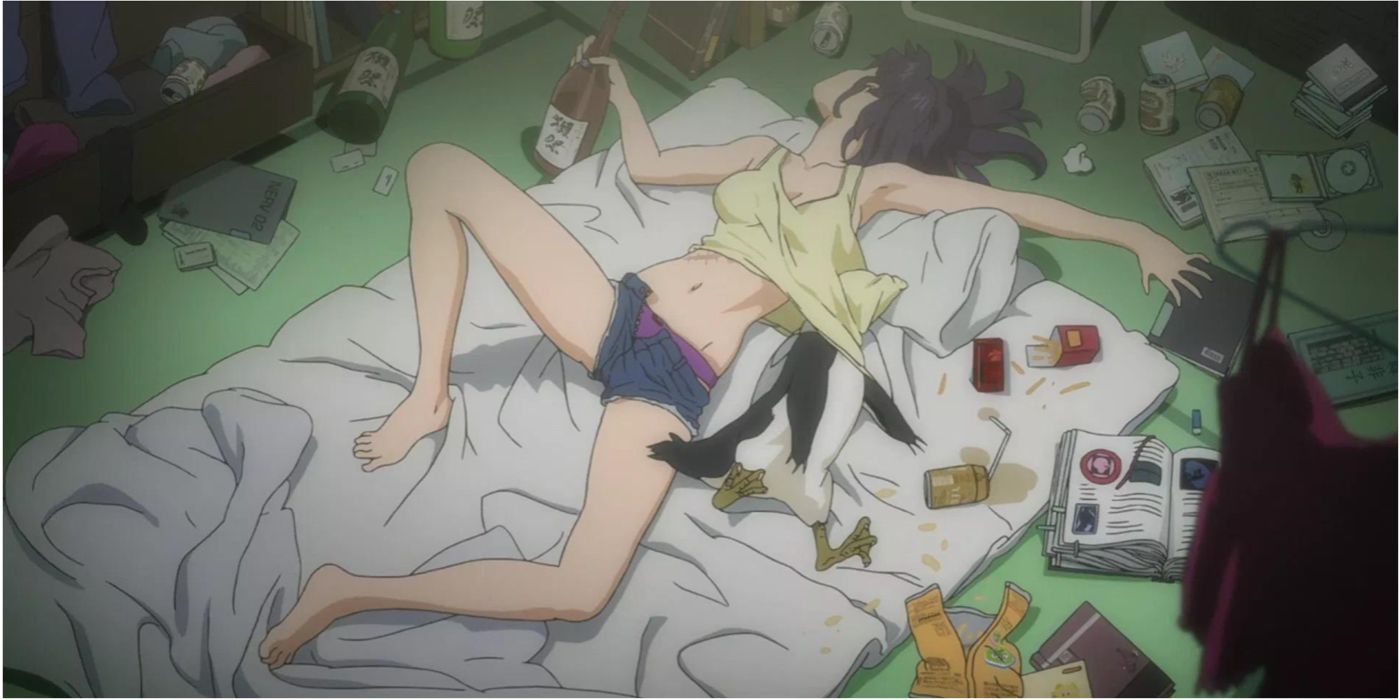
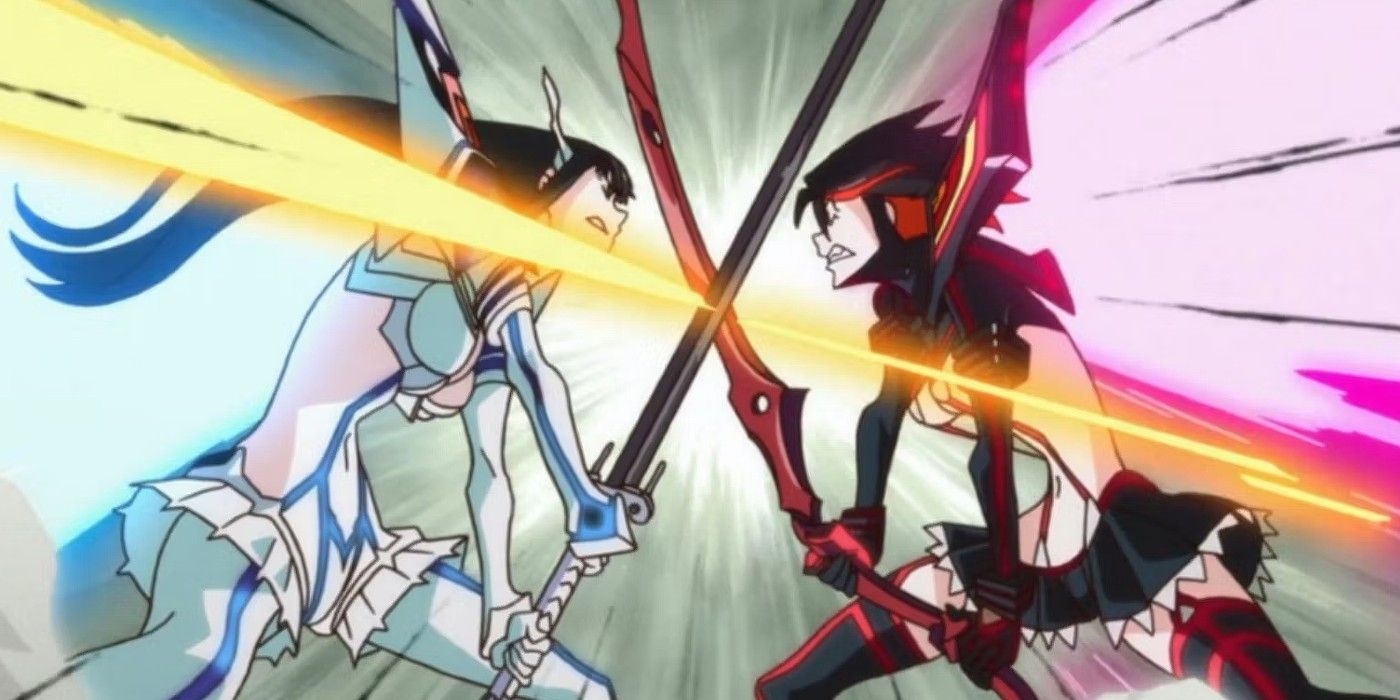
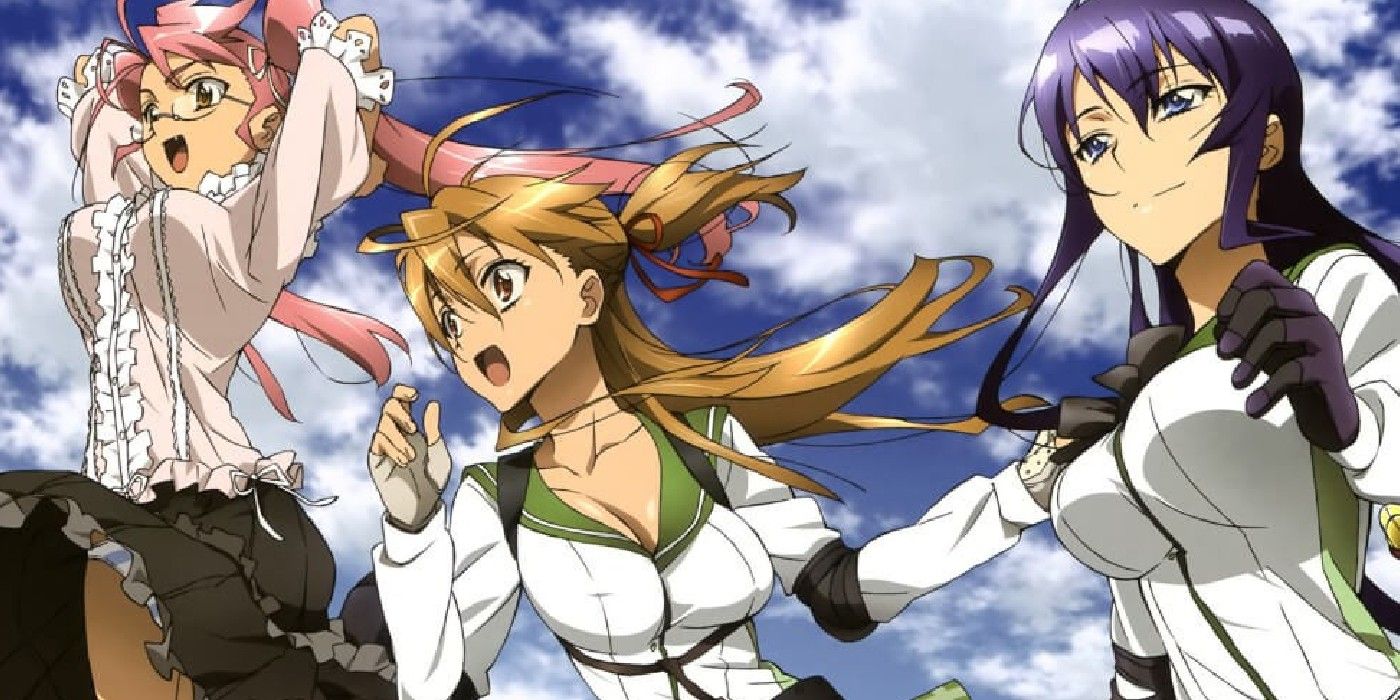
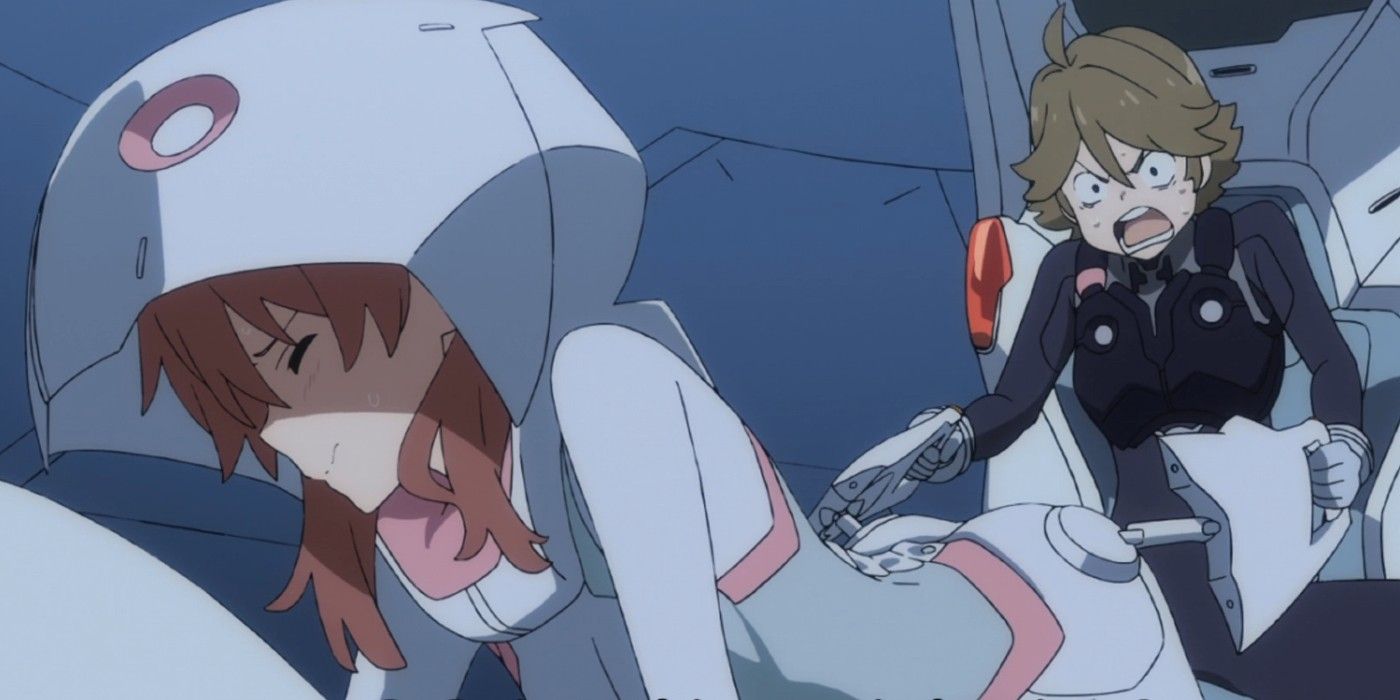
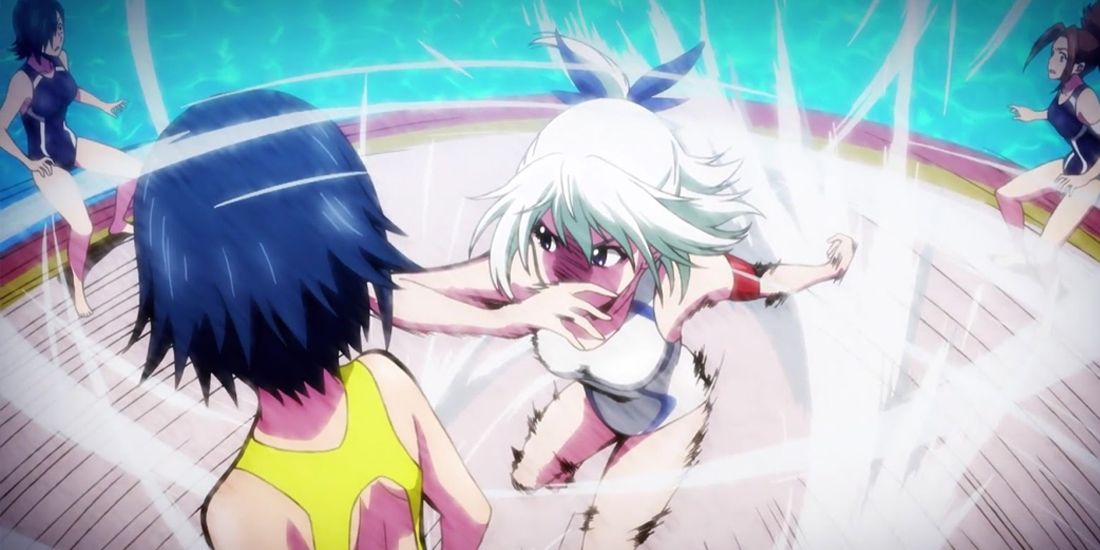
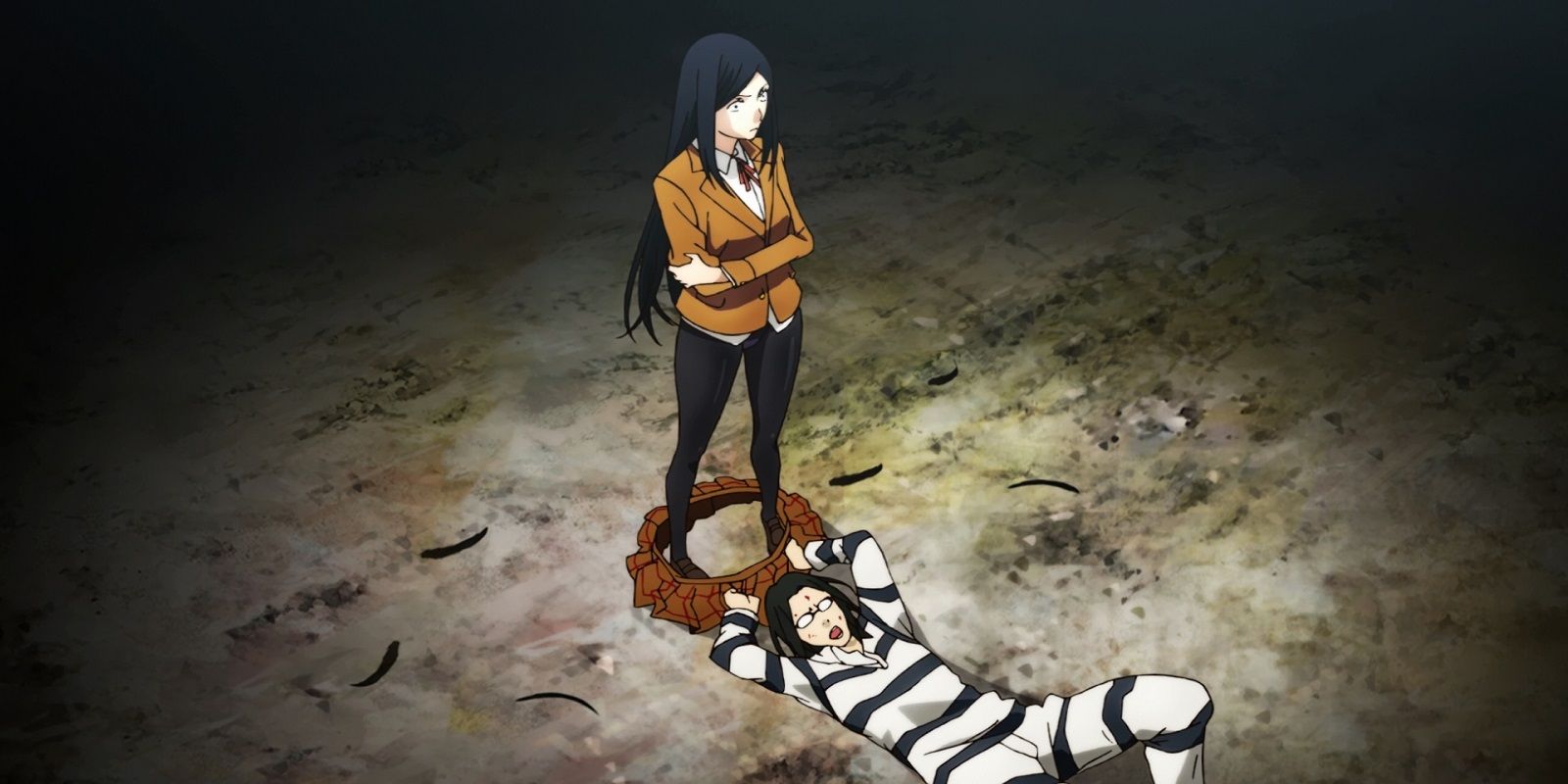
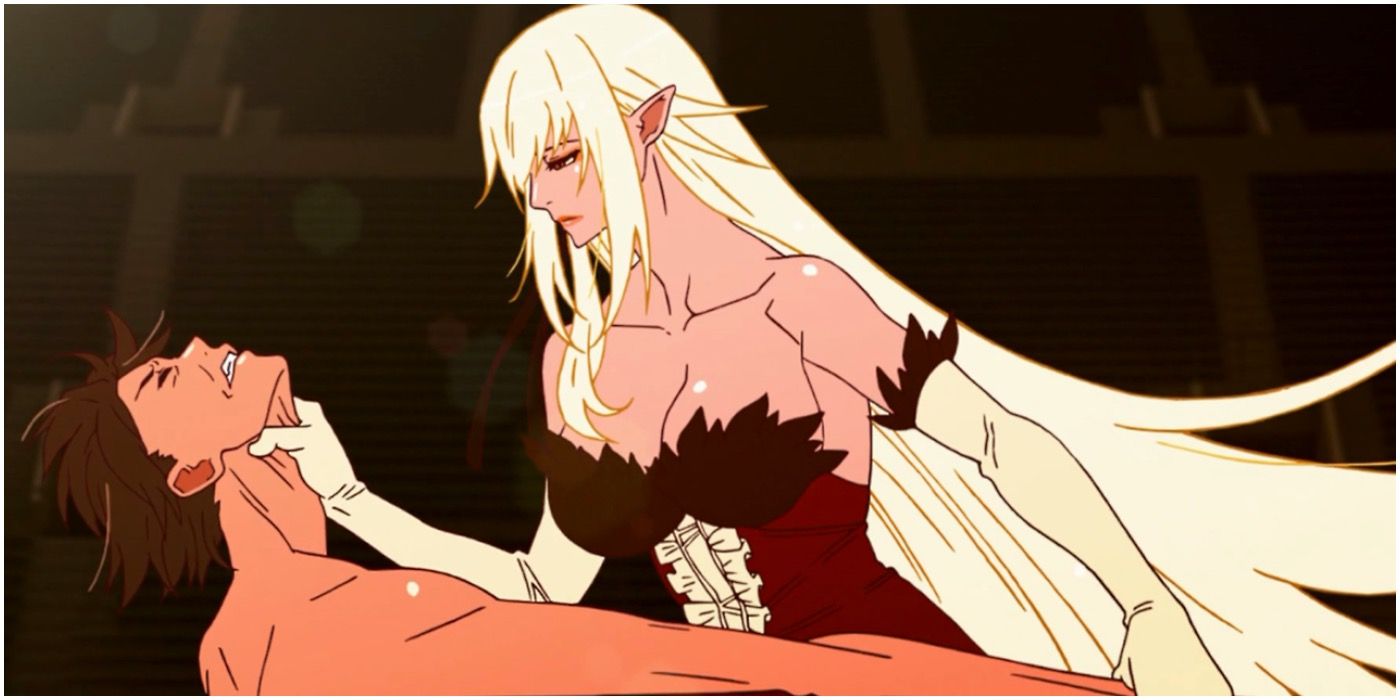
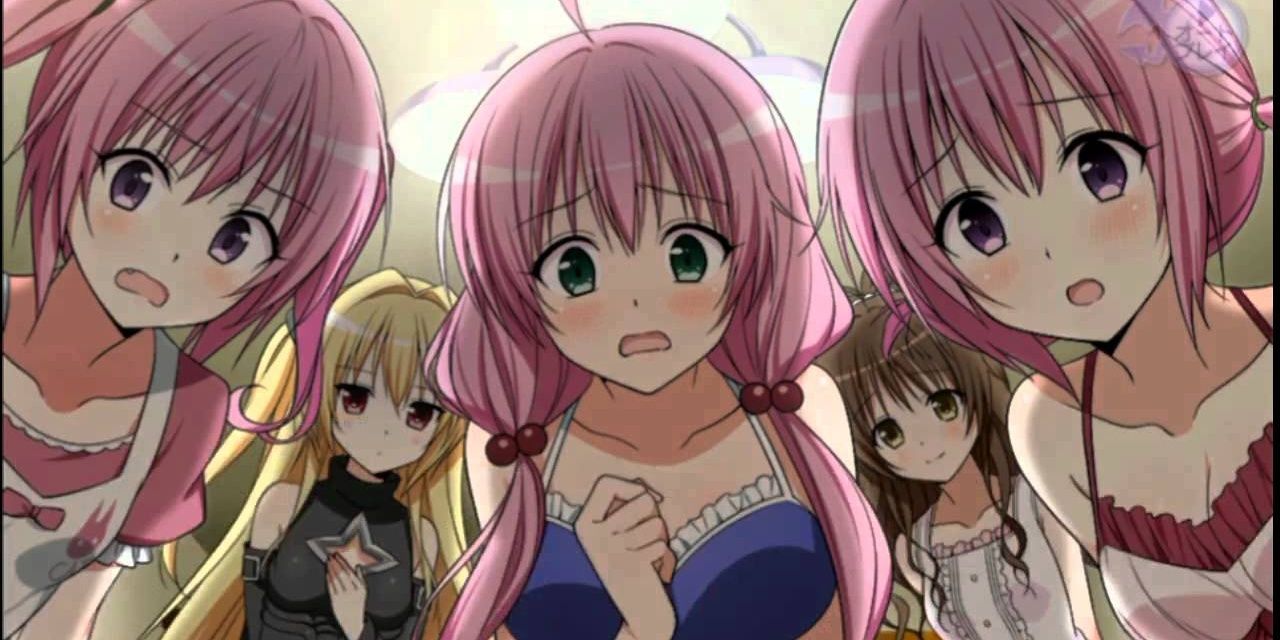
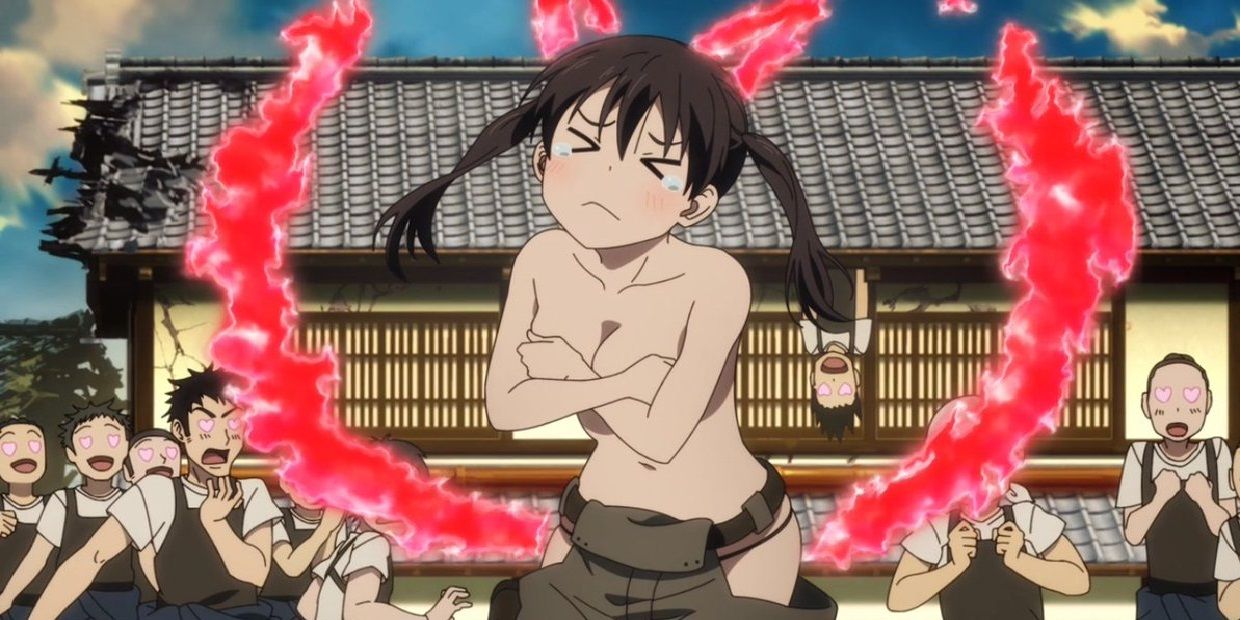

Post a Comment